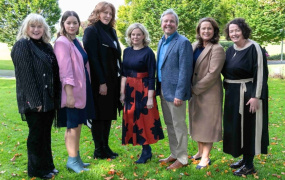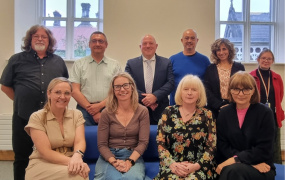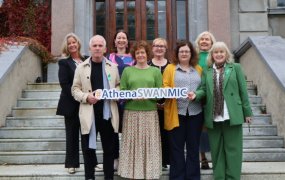Using Generative Artificial Intelligence to Support Creativity in Arts Education
GenAI Supporting Creativity in Arts Education
| Lecturer - Dr Laura McEntee |
|---|
| Discipline - Arts Education & Physical Education |
| Subject - Drama/Integrated Arts Curriculum |
| Level - Undergraduate |
| Class Size - 30 |
| Mode of Delivery - In-person |

In this case study, Dr Laura McEntee outlines how she used generative artificial intelligence (AI) to support creativity in arts education and to see how these new emerging technologies can co-exist within the arts. Focusing on the strands of creating, performing and presenting and responding and connecting from the redeveloped arts curriculum 2024, the approach aimed to support students to create and perform puppet shows, using AI to help. Students used curriculum drama concepts (NCCA, 2024) – Role and Character, Tension, Time, Place, Setting, Movement, and Sound – to devise a puppet show. The focus was on the aesthetics of performance, including visuals, movement, and sound. While students discussed how they would design and create puppets for classroom use, for the purposes of this performance, they used the College puppets to bring their stories to life. Collaboratively, they crafted a cohesive performance and experimented with an AI tool of their choice. The students could choose whether to use AI or not. For the students who opted to use AI, the goal was to assess how AI can support the creative process and enable students to produce a meaningful and engaging piece of art.
Rationale
A key challenge in Arts Education, especially Drama, is students’ reluctance to perform, often due to low confidence, difficulty improvising, and the time required to create scripts. This project addressed the barrier of script writing by using AI to generate puppet show scripts, easing the demands of scriptwriting and enabling students to focus on artistic elements like visuals, movement, and sound. By incorporating AI, the project aimed to make devising and performing more accessible and engaging, encouraging greater participation. Aligned with curriculum goals, the study demonstrates how cross-curricular integration and advanced teaching strategies can enhance arts education. The case study also contributes to discussions on AI’s role in supporting creativity, offering practical ways to integrate technology into creative learning.
Description of the Teaching and Learning Approach
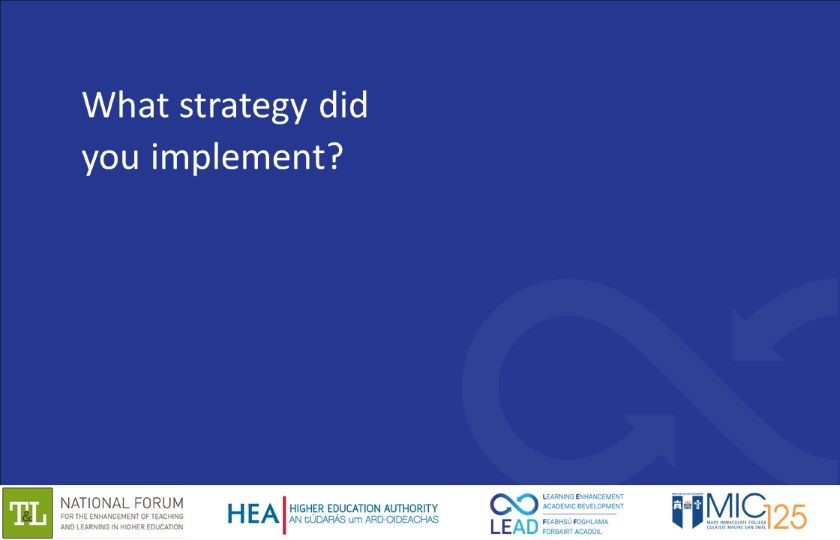
The project used ChatGPT to generate scripts for puppet shows, addressing students' reluctance to perform by providing a structured yet creative environment. AI has the potential to simplify scriptwriting, enabling students to focus on character development, aesthetics, and dramatic tension. As students were familiar with ChatGPT, they chose this AI tool to generate their script, evaluating the generative AI’s ability to produce a suitable narrative for a children’s puppet show.
Through drama workshops, students began by crafting their puppet’s identity, introducing key drama concepts like Role and Character. They interacted with each other’s puppets by engaging in role-plays to explore movement, voice, and interactions, naturally introducing tension and conflict. Based on the identity and characteristics of their puppets, which emerged in the workshops, students then engaged with generative AI, specifically ChatGPT. In small groups they used AI to create puppet show scripts that aligned with the drama curriculum's elements and their characters. To begin, students were guided to craft prompts that incorporated key details, such as the recommended age or class level of the audience, the genre of the performance, and the established characteristics of the puppets they had designed. These prompts were structured to ensure the AI-generated scripts had a clear context and met the educational and creative objectives of the project.
Once the scripts were generated, students critically evaluated the AI's output. They examined aspects such as coherence, alignment with the desired tone or genre, and the creativity of the content. This evaluation process was supported by teacher-led discussions that encouraged students to compare the AI-generated scripts with their own expectations and the established principles of dramatic storytelling, such as plot development, character consistency, and the incorporation of tension and resolution.
To refine the scripts, students collaboratively revised the AI-generated content, adding their own ideas to enhance creativity and ensure that the scripts were engaging and suitable for their intended audience. They then used the revised scripts to performance and present their shows.
After performing their puppet shows, through the strand of responding and connecting (Draft Arts Curriculum, 2024), students reflected on the entire process, including their experiences with AI. The voluntary survey questions at the end of the workshops prompted them to share insights into the quality and usability of the AI-generated scripts, the benefits and limitations of using generative AI, and the impact of the integration of AI and drama on their creative process. This reflection helped students articulate their opinions on the potential of AI as a tool for Arts Education, highlighting its ability to foster collaboration and engagement while also recognising its limitations in generating nuanced and creative narratives.
What Worked and Why?
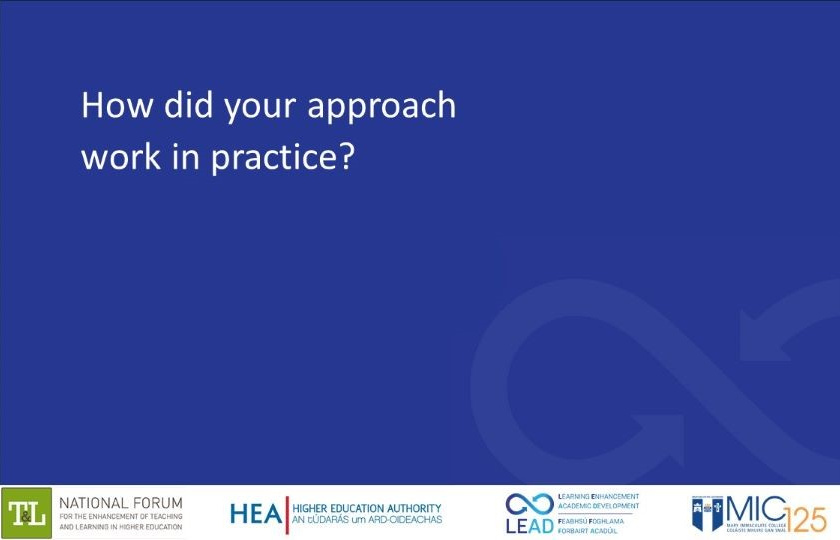
The project proved effective, as survey responses highlighted key successes. ChatGPT's role in scriptwriting offered students a clear structure with a beginning, middle, and end. This simplicity allowed them to focus more on performance aspects like character development and dramatic tension.
Many students valued ChatGPT as a creative springboard, sparking ideas while leaving room for personalisation. One noted it provided “creative concepts that enabled us to develop our own ideas,” while another appreciated its efficiency, saving time and introducing fresh ideas in a time-constrained classroom setting.
Additionally, ChatGPT served as a helpful scaffold, providing adaptable starting points for scriptwriting. Though some students refined difficult words or adjusted scripts to fit their narrative, they found the tool’s flexibility made modifications straightforward.
Any problems or issues that arose from this approach?
While ChatGPT was useful for generating quick script ideas, several challenges emerged. Participants noted that the tool required very specific prompts to produce accurate and relevant content. If instructions were vague, it often introduced unwanted elements or failed to adjust scripts to the appropriate age level. Some found it difficult to make minor edits, as ChatGPT would repeat similar content or not fully incorporate feedback. Additionally, a few scripts were described as “generic” or “cringy,” lacking the creativity and engagement students desired.
Some of the data from the anonymous surveys reported that 83% found Chat GPT useful and 17% did not. 78% gave it 3 or more out of 5 as successful for the purposes of the project. When asked how good the quality of their script was, 82% gave it between 2-4 out of 5. Overall, 48% said they would use AI as a creative springboard, 15% would not and 36% were unsure. In general, students felt that primary age students would compose a better script for their puppet show than AI.
Despite these limitations, ChatGPT provided a solid starting point, though human input remained essential for refining and personalising the scripts.
Tips for Implementation
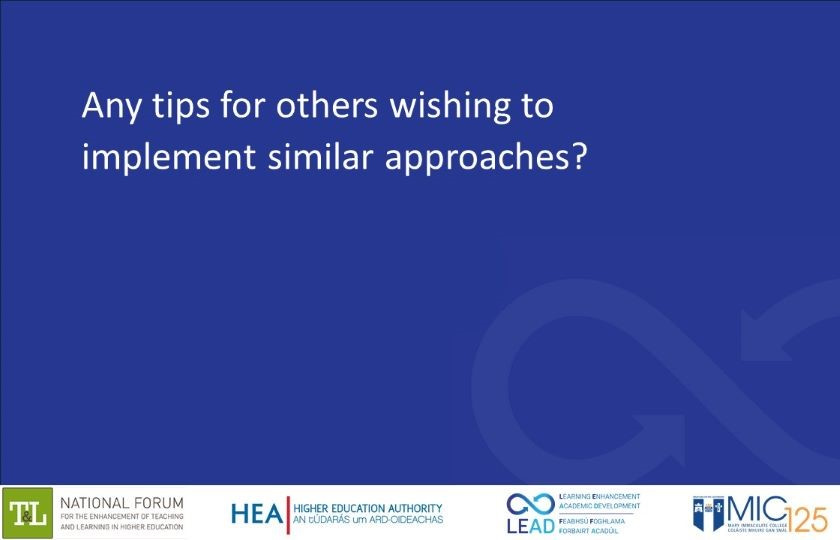
To effectively implement ChatGPT in creative arts education, it’s important to set clear goals, using the tool to support specific tasks like scriptwriting or brainstorming while ensuring it complements rather than replaces student creativity. Also, it is recommended to encourage students to view AI outputs as a starting point, refining and building upon them to maintain creative ownership. Providing detailed prompts will yield more relevant responses, but it's equally important to emphasise the value of reviewing and revising the AI's work to suit project needs. Balancing AI-generated content with hands-on activities keeps students engaged and ensures a well-rounded learning experience. Outputs should always be age-appropriate, so teachers may need to adapt content to match students’ class levels. Training students and educators in crafting effective prompts can enhance the utility of the tool, while AI can also support differentiated learning by generating materials tailored to various skill levels. Finally, fostering digital literacy is key—students should be encouraged to critically evaluate AI-generated content and understand its ethical implications. These strategies help integrate ChatGPT effectively while keeping the creative process at the forefront.
I highly recommend using puppets in education, as they are both a beautiful art form and a powerful learning tool. They support an integrated arts curriculum by combining puppet construction, storytelling, performance, music, and even dance, reinforcing principles like synchronisation. Puppets also enhance language and literacy development, particularly in teaching Irish (go háirithe i múineadh na Gaeilge), while promoting fine and gross motor skills, social interaction, and well-being (Redeveloped WellBeing Curriculum, 2024). Most importantly, they bring energy, fun, and laughter to the classroom, creating an engaging and dynamic learning experience that naturally supports creative expression and performance skills.
The integration of ChatGPT into the creative arts project revealed significant advantages and some limitations. Many students highlighted the tool’s efficiency, particularly its ability to quickly generate starting points for scripts, worksheets, and other classroom resources. This time-saving aspect was seen as a major benefit, especially given the time constraints in the Irish primary school curriculum. Students noted that ChatGPT provided creative ideas they might not have considered, making it a valuable brainstorming tool. Teachers appreciated its potential to scaffold activities, enabling them to introduce arts lessons that might otherwise be too time-consuming to prepare.
However, limitations emerged. Some might be concerned that over-reliance on ChatGPT might hinder students’ creativity, replacing opportunities for original thought with generic outputs. While useful, its responses sometimes lacked the imaginative depth crucial for arts education. To address the limitations of generative AI in arts education, particularly for students still developing their creative skills, it is crucial to balance AI use with guided creativity and critical thinking. Teachers can provide structured and specific prompts, such as detailing characters, setting, and genre, to ensure the AI produces relevant and imaginative content. Students should critically evaluate AI outputs, assessing their alignment with creative goals and refining the results to add depth and originality. AI should be positioned as a tool to augment creativity, not replace it, encouraging students to view generated content as a starting point rather than a finished product. Reflective discussions on what the AI did well and where it fell short help students understand its limitations, fostering awareness of how it can complement their artistic process.
Looking ahead, AI tools like ChatGPT present promising opportunities for enhancing efficiency and creativity, but they should be used carefully and in balance. These tools can support teachers by providing templates and ideas, especially those less confident in arts education. However, they must not replace the creative process for students. Future projects should focus on using AI to complement human creativity while ensuring students actively engage in imaginative contributions. Further training on effective prompting could help educators maximise the potential of tools like ChatGPT while addressing their limitations.
NCCA (2024). Draft Arts Education Curriculum Specification For all primary and special schools - available on the NCCA website here.
- GenAI Supporting Creativity in Arts Education




